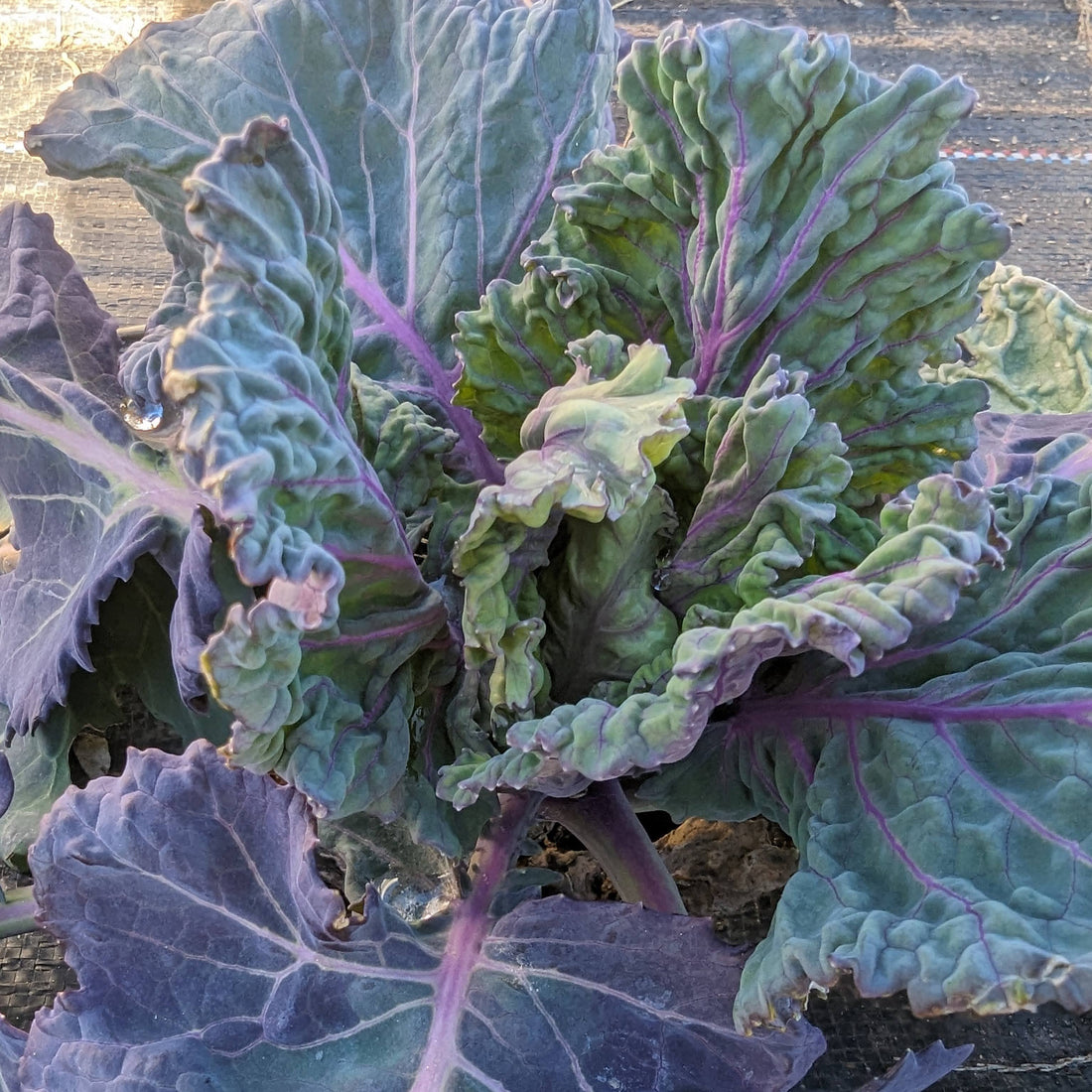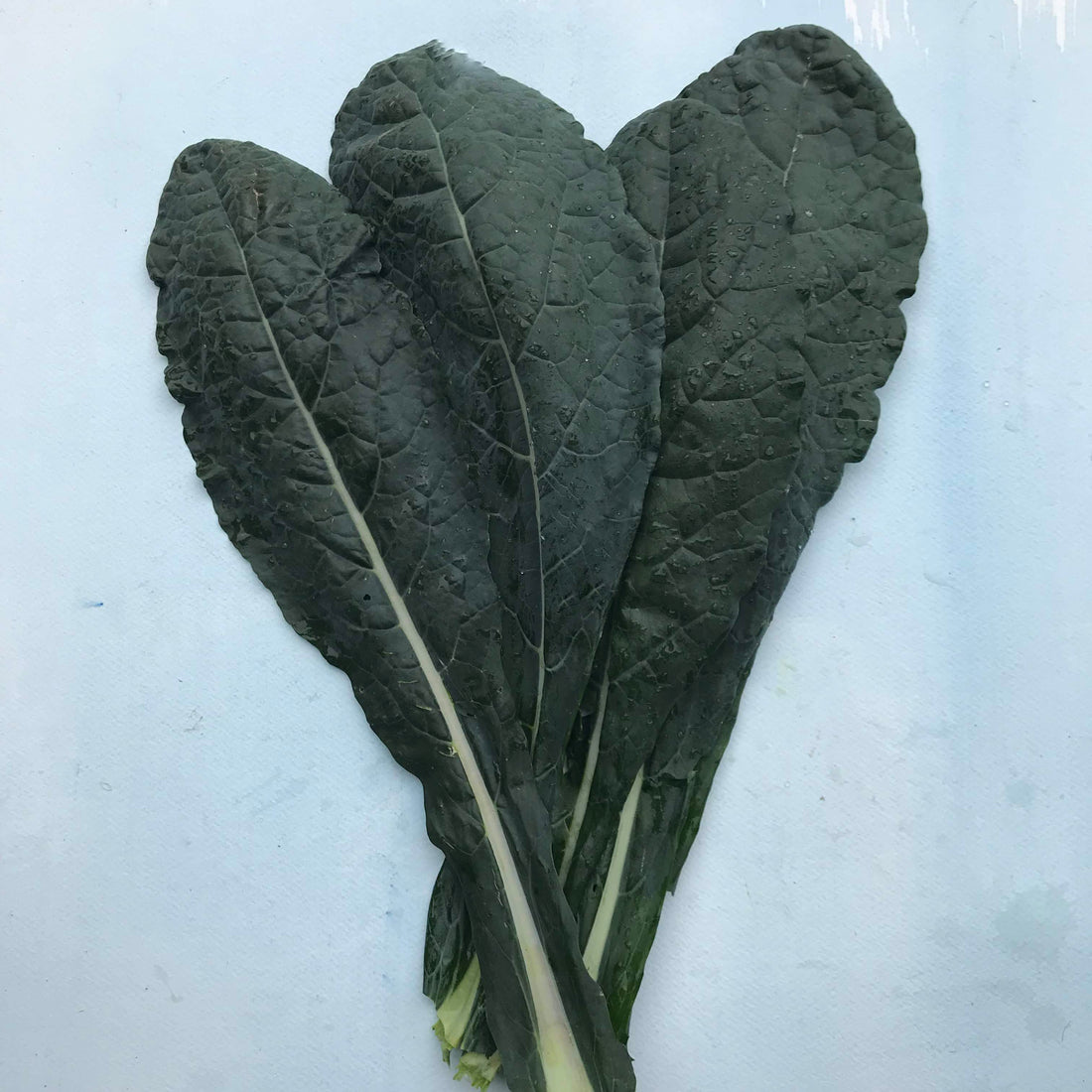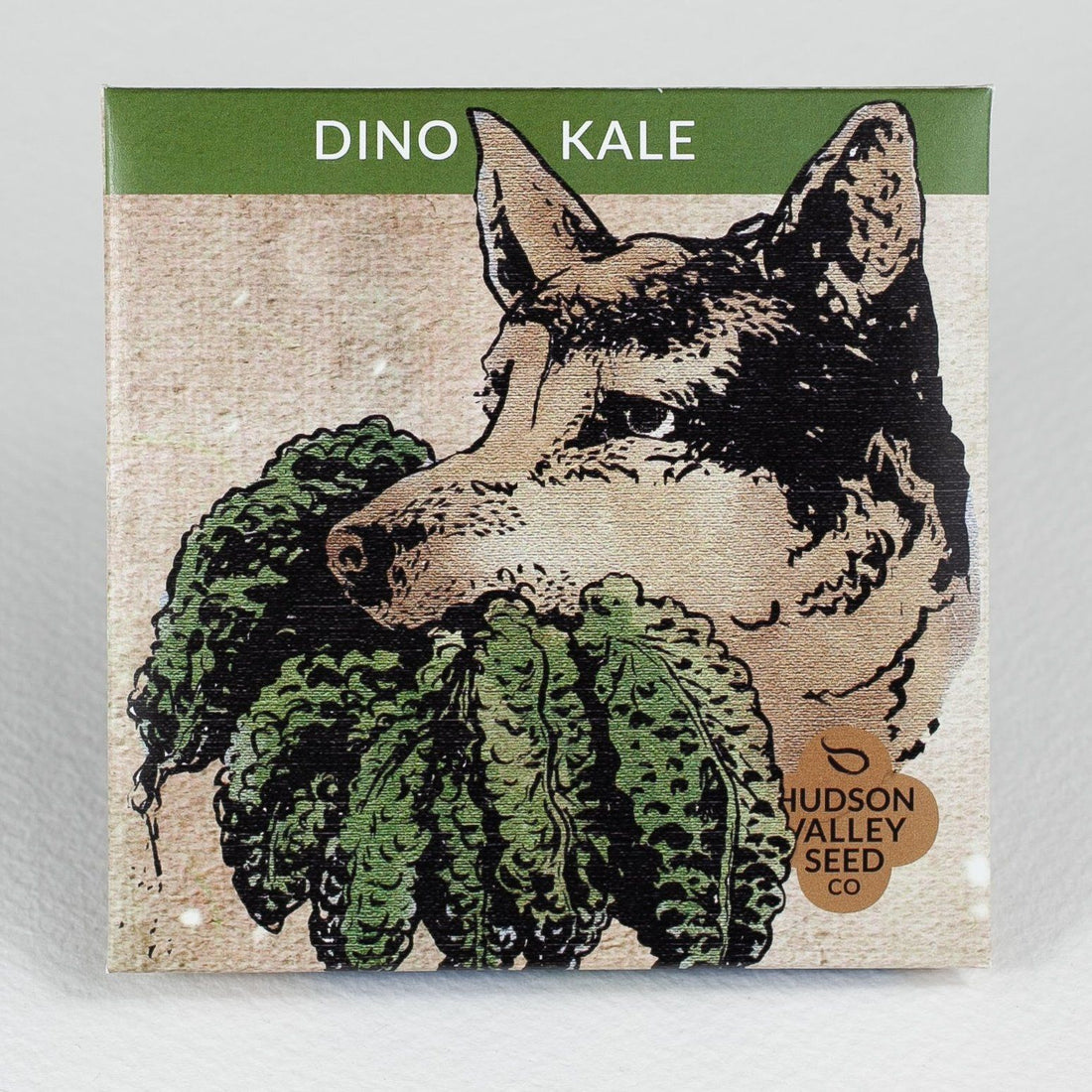12 products
-
 Champion CollardsChampion Collards
Champion CollardsChampion Collards- Regular price
-
$4.29 $13.69 - Regular price
-
- Sale price
-
$4.29 $13.69
-
 Georgia Southern CollardsGeorgia Southern Collards
Georgia Southern CollardsGeorgia Southern Collards- Regular price
-
$4.29 $13.69 - Regular price
-
- Sale price
-
$4.29 $13.69
-

 Organic Microgreens: KaleOrganic Microgreens: Kale
Organic Microgreens: KaleOrganic Microgreens: Kale- Regular price
-
$7.99 - Regular price
-
- Sale price
-
$7.99
-

 Purple Ultracross CollardPurple Ultracross Collard
Purple Ultracross CollardPurple Ultracross Collard- Regular price
-
$4.99 $19.99 - Regular price
-
- Sale price
-
$4.99 $19.99
-

 Ragged Jack Kale (Red Russian Kale)Ragged Jack Kale (Red Russian Kale)
Ragged Jack Kale (Red Russian Kale)Ragged Jack Kale (Red Russian Kale)- Regular price
-
$4.29 $380.99 - Regular price
-
- Sale price
-
$4.29 $380.99
-

 Rainbow Lacinato KaleRainbow Lacinato Kale
Rainbow Lacinato KaleRainbow Lacinato Kale- Regular price
-
$4.29 $11.69 - Regular price
-
- Sale price
-
$4.29 $11.69
-
 Vates Blue Curled KaleVates Blue Curled Kale
Vates Blue Curled KaleVates Blue Curled Kale- Regular price
-
$4.29 $22.99 - Regular price
-
- Sale price
-
$4.29 $22.99












